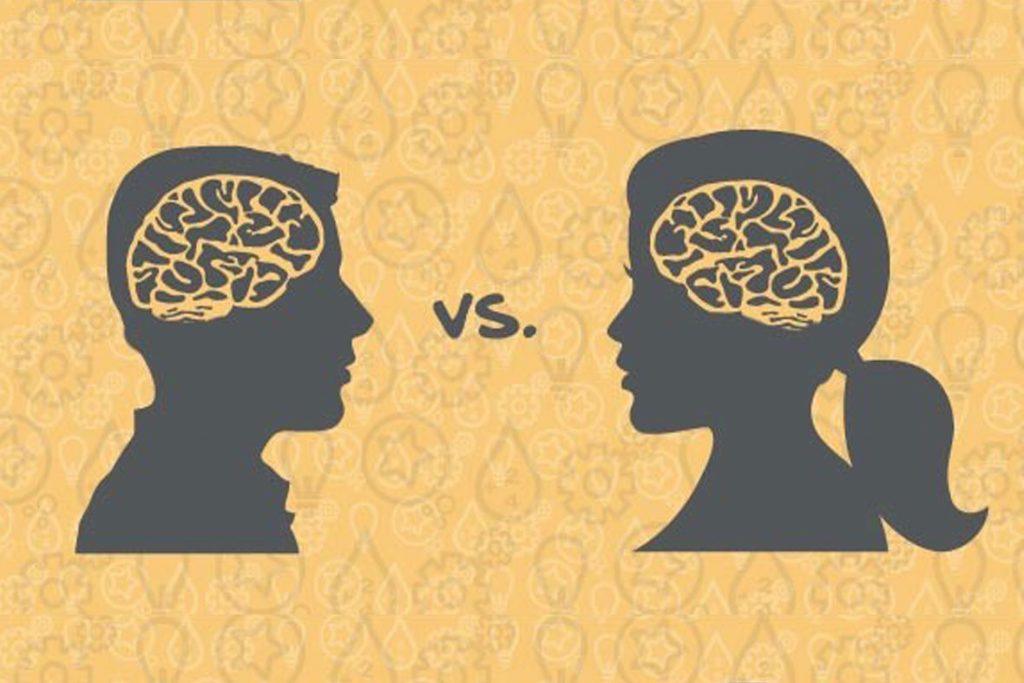
Human intelligence is a complex term. In the past, there was over-emphasis on an individual’s Intelligence Quotient (IQ), a measure of what an individual knows and how quickly he/she can solve problems using reasoning. But over the last few decades, when IQ alone was not sufficient to ensure personal and professional success, the concept of Emotional Quotient (EQ) emerged as a measure of an individual’s thinking and behavioural attitudes. Emotional Intelligence or EI refers to an individual’s ability to recognise and regulate emotions, and to use social awareness in problem solving. Most organisations use a combination of IQ and EQ tests to analyse an individual’s suitability and organisational fit.
In similar lines, we would be discussing here another interesting term in the DE&I space, Gender Intelligence (GI). According to report by Barbara Annis & Associates, ‘Gender Intelligence is an understanding of and appreciation for the naturally occurring characteristics that distinguish men and women beyond the obvious biological and cultural, to include attitudinal and behavioural differences. Once we are aware of how and why men and women think and act as they do, we can begin to understand gender-related tendencies and engage more effectively in the workplace and in so many other areas of life.’
Research on neuroscience of different genders reveals that there is difference in the way men and women process information, understand situations, communicate, make decisions and resolve conflicts. It also suggests that generally men tend to perform better in domains including motor and visuospatial processing, while women have an advantage in verbal skills and emotional memory.
Why some organisations get their diversity theories wrong is because they try to eliminate the differences. A simple example is when a woman is expected work late hours or attend a late evening call; she is likely to underperform or may not be at her productive best, as her priority during such times tends to be her family or kids. Alternatively, she may outperform her counterparts in a morning meeting. In contrast, sometimes women are excluded from critical project teams citing that they may not be available at odd times. Rather than coaching and mentoring women to behave like men and manage their careers as men do, they should be allowed to bring their natural selves to work in order to bring out their full potential. It is when men and women respect each other’s natural behaviours that gender diversity is most successful.
Sometimes organisations are unable to retain their women talent even after targeted hiring and introduction of various policies because of lack of understanding of the concept of gender intelligence. Women are generally perceived to leave organisations due to lack of work life balance, while this may not be the case. They may value personal freedom and expression more and wish to be their natural self, and thus choose to leave an organisation which does not provide a conducive environment for their learning and growth.
Traditionally, most organisations have been designed by men for men; and hence are based on machine-like characteristics of speed, urgency and clear hierarchy. This may not always work with the way women’s brains are wired. Women may be able to cope with such situations when they are in the early stages of their career, but as they progress in their personal and professional lives, priorities tend to change. While in the case of men, work is always perceived to be the major priority by societal pressures, irrespective of their personal choices.
According to Barbara Annis, world-renowned expert on gender diversity and CEO of Gender Intelligence Group, it is essential to extract the full potential of men and women and draw maximum value by leveraging the differences, rather than eliminating them. The differences in attitudes, mindsets, relationships and behaviours need to be identified and effectively utilised. Thus, gender-blended teams tend to be more innovative, productive, and profitable and provide maximum stakeholder value.
4 comments
Nice
Good Article
nice post !!!
good one